
They were lurking in the landscapes – I knew they were there – but you seldom see them. Occasionally – among the flat golden grasses you’d see one, on his horse, with his signature gaucho beret hat, quiet aura, and chiseled features. He had an eye on the cattle or sheep with the help of his working sheep dog on the ground closely controlling the situation. The gauchos of Patagonia are in the shadows of the towering mountains, but they are a rich fabric of this landscape.
On a drive from Peurto Natales to Punta Arenas we came across gauchos leading a herd of cattle across the road. We stopped and watched them slowly do their work. It reminded me of Mongolia and the nomadic families and herders. The history around the gaucho’s way of life is similar – the word gaucho is said to be derived from the Mapuche cauchu (“vagabond”) or from the Quechua huachu (“orphan”) – maybe this is why I was so fascinated by them – we sort of have something in common.
Near the end of my Patagonia travels I came down from the mountains and got a small taste of the Patagonia estancia (ranch land) and gaucho culture outside the town of El Calafate at the hosteria El Galpon del Glaciar. As we pulled up to the estancia the sun was going down, and the red roofed buildings had a soft, welcoming glow. I was excited to arrive in this ‘farmland’ of Patagonia – I have a love of wide open spaces that stems from my Midwestern upbringing. The estancia was surrounded by a vibrant blue glacial lake, Lago Argentino, on one side and skirted by the Cordillera de Los Andes on the other. A picture perfect setting on the way to Perito Moreno Galcier.
There were a number of ranch buildings including a small hotel and restaurant which provided guests a place to get away from the typical tourist activities around the area and simply relax and slow down in the openness of the estancia. This was just what I needed after hiking for days in El Chalten.
El Galpon translates into “the barn” or “sheering shed” – so it came as no surprise that the main inhabitant of this estancia were sheep. The estancia was no longer a working ranch – but more of a restored relic of the old gaucho culture and wool trade. There were a number of activities in which guests can learn about the history of the area and see how the ranches operated and survived. Sheep roam around the ranch and gauchos provide demonstrations on herding and shearing.
My favorite part of my stay at El Galpon del Glacier was the ‘Flock Gathering’ demonstrations that highlighted just how talented the Kelpie Dogs and Border Collies were. As a side note – one of my favorite all time movies is Babe – hence my fascination with sheep herding. The dogs moved the flock of sheep across bridges and around fences while the gaucho provided a few directions with subtle gestures – a beautiful, intimate communication. I even found time to go on a horse ride the last day topping off a wonderful peaceful stay at the estancia.
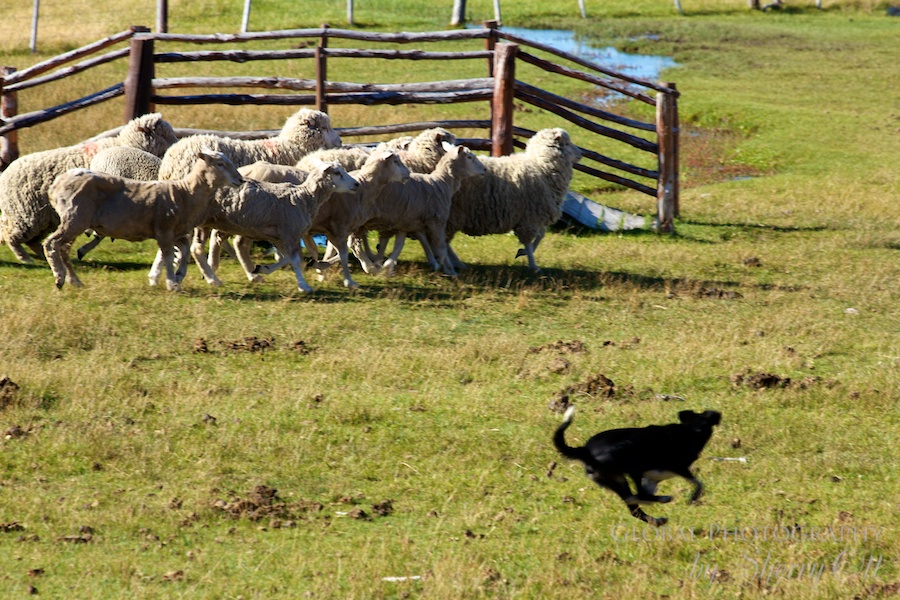
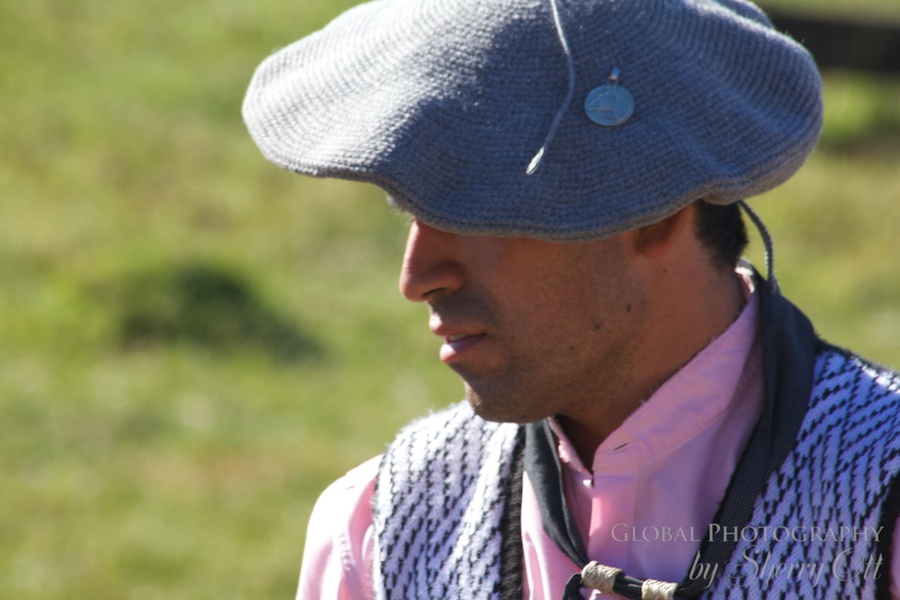
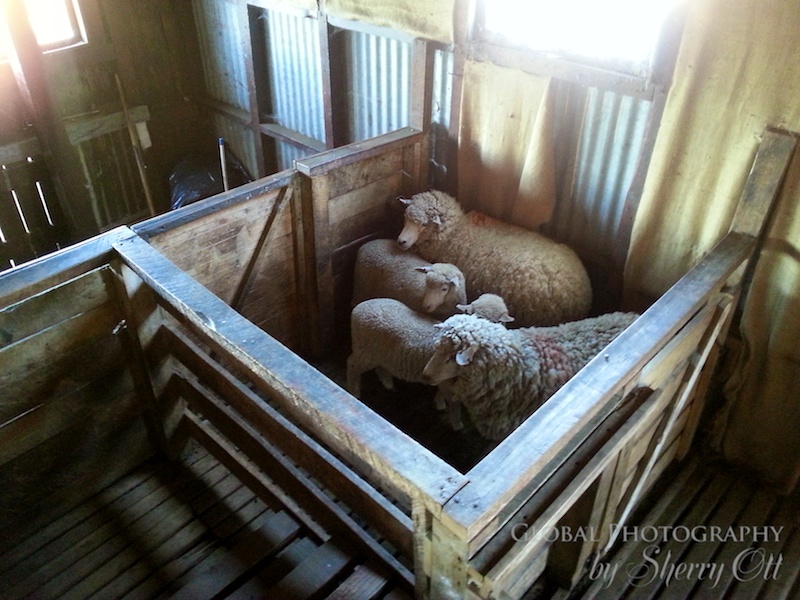
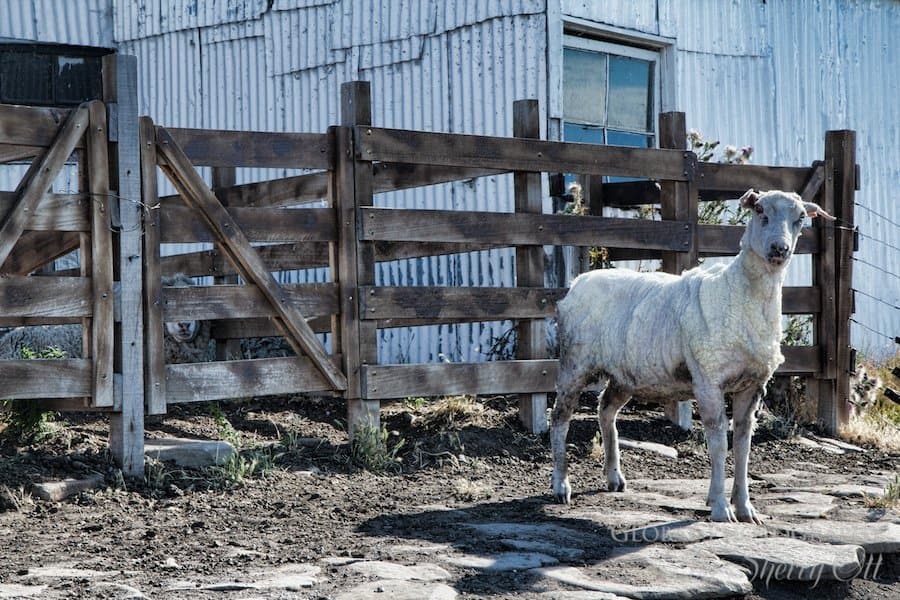
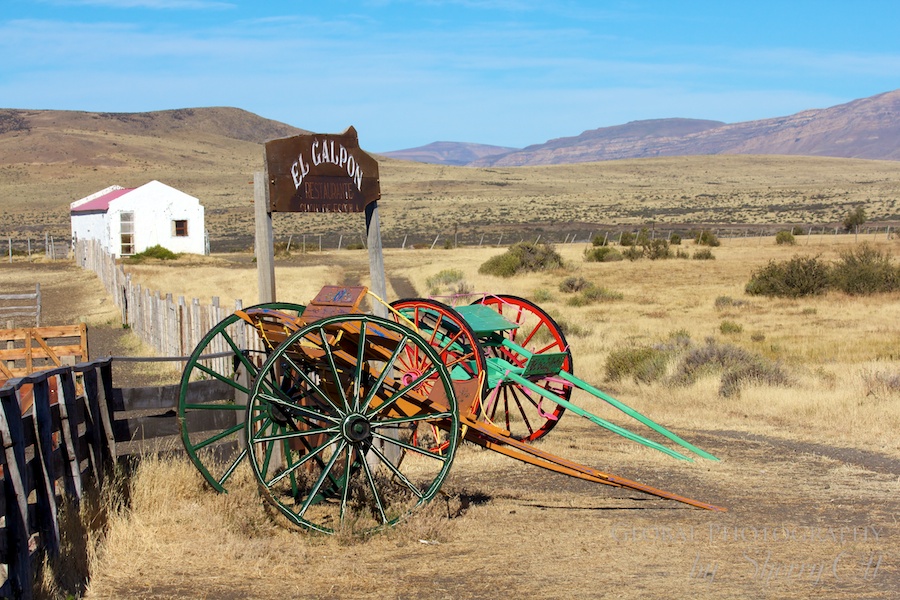
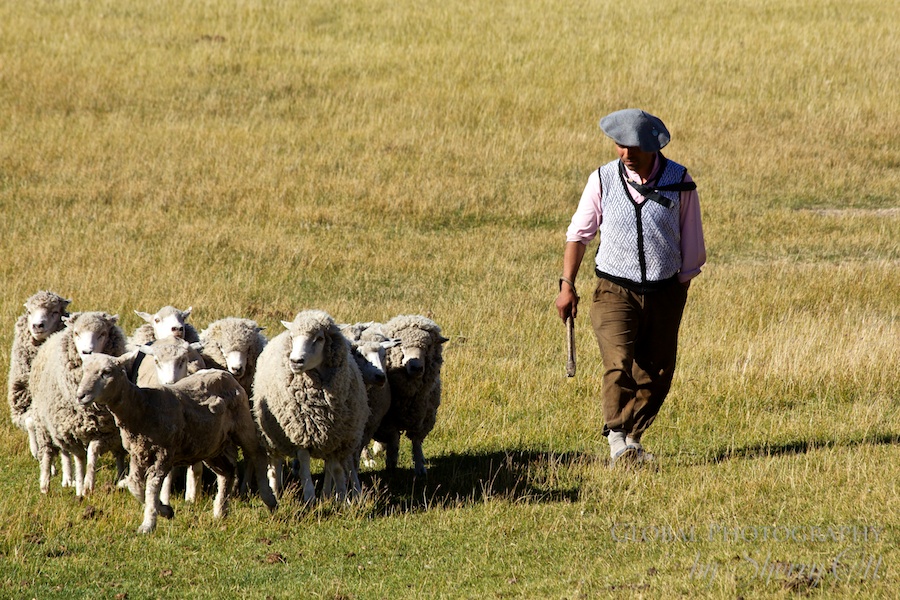

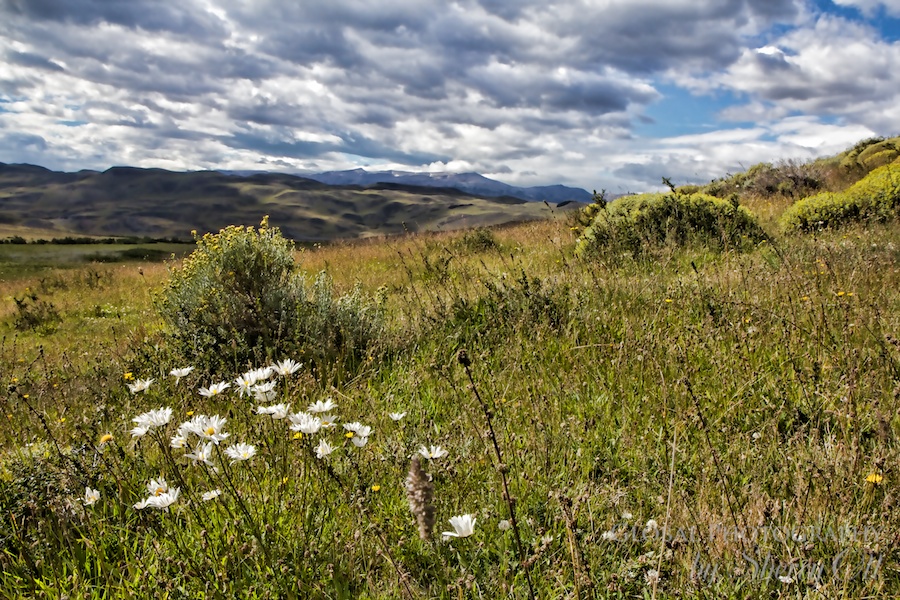
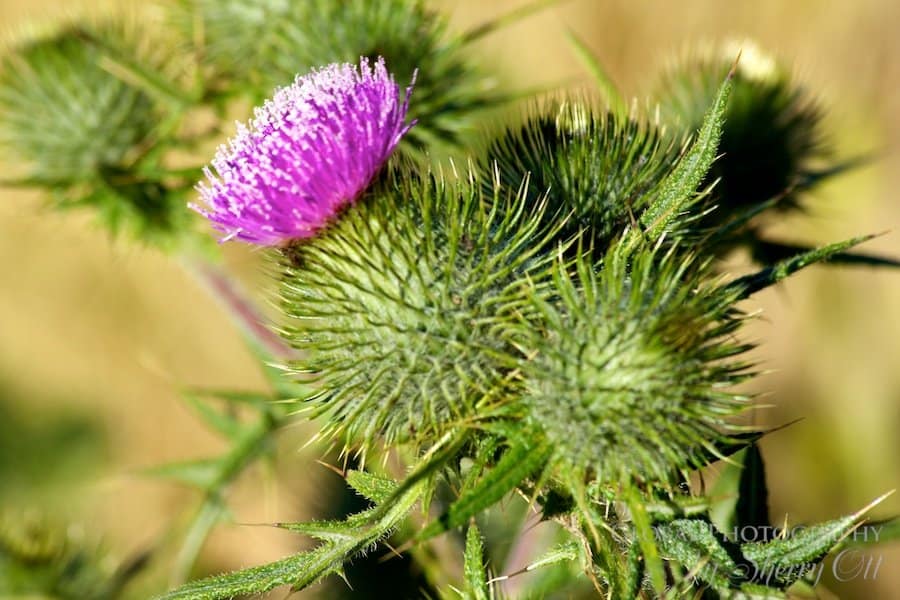
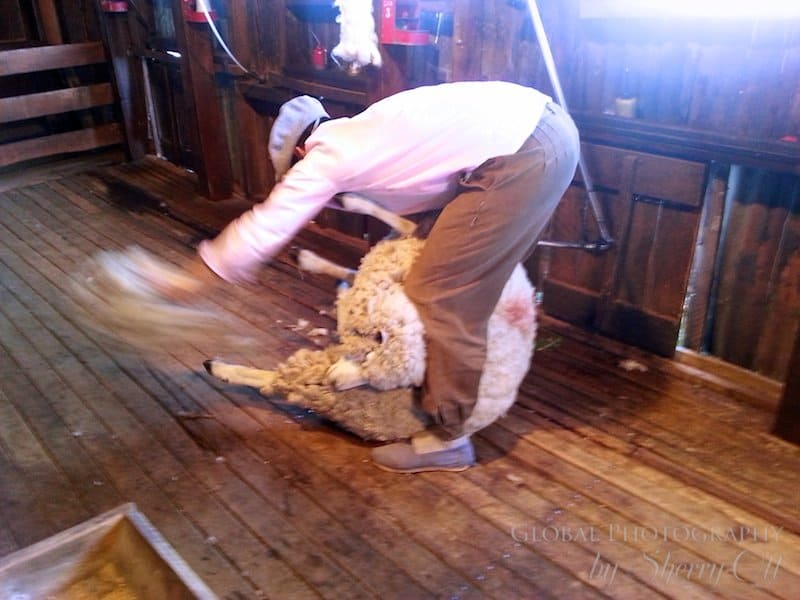

Sherry Ott is a refugee from corporate IT who is now a long term traveler, blogger, and photographer. She’s a co-founder of Briefcasetobackpack.com, a website offering career break travel inspiration and advice.
Additionally, she runs an around the world travel blog writing about her travel and expat adventures at Ottsworld.com.com.








